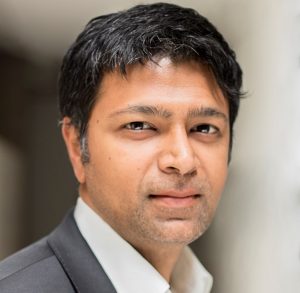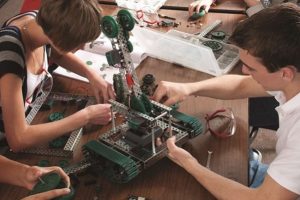Professor Sriram Subramanian has been named a Royal Academy of Engineering (RAEng) chair for the development of novel acoustic interfaces.
This is one of a ten areas of development emerging technology being created by the RAEng, which is supported by the government’s National Productivity Investment Fund.
With increased government funding, £1.3 million will be committed to each of the ten-year programmes which will enable engineers to focus on advancing the novel technologies from basic research through to real deployment and commercialisation.

Professor Subramanian
Prof Subramanian,writes:
“This RAEng chair will help develop technology that will manipulate sound with the same ease and flexibility with which we manipulate light. This will enable many new applications and help establish UK as a world leader in this emerging technology field. ”
Prof Subramanian will be creating magical user experiences by creating 3D printed structures that shape and sculpt sound fields.
One past example of his approach is the shaping of sound to create Ultrahaptics, the UK-based haptic technology company. That technology uses ultrasound to create virtual buttons, switches and dials, as well as 3D shapes and virtual force fields, in mid-air.
The aim is to develop technology that electronically controls a 3D-printed object to shape sound. This will have profound impact on consumer applications ranging from using sound to levitate objects in air to enabling new forms of wearable devices.
Other technology areas which will receive funding from the RAEng include robotics, emerging space technologies and next generation energy storage.
Professor Dame Ann Dowling, President of the Royal Academy of Engineering, writes:
“Emerging technologies offer enormous opportunities for the UK, both economically and socially, but often their potential is not widely recognised until it is championed by a visionary individual. The ten researchers who have been appointed as Chairs in Emerging Technologies are global leaders in their fields, seeking to transform their pioneering ideas into fully commercialised technologies with important and widespread applications.”
 Electronics Weekly Electronics Design & Components Tech News
Electronics Weekly Electronics Design & Components Tech News



